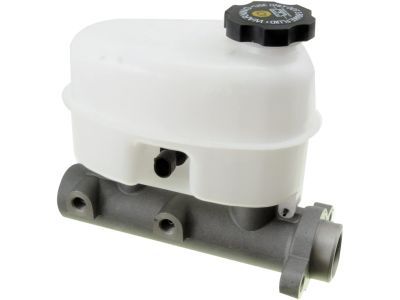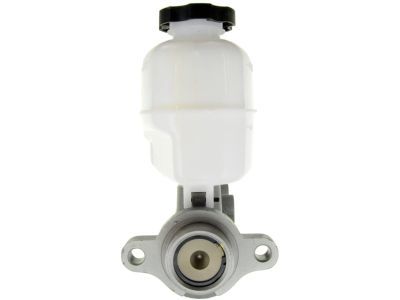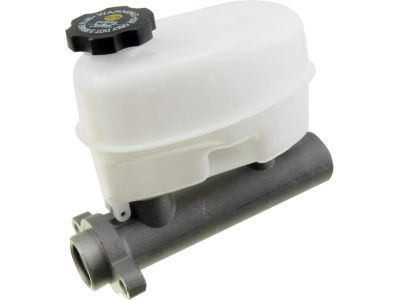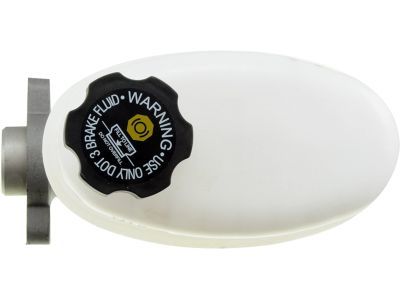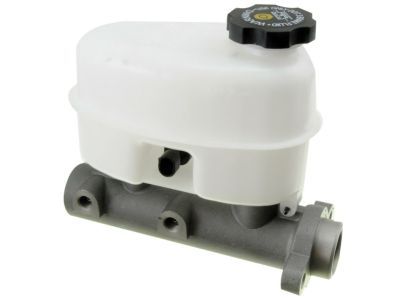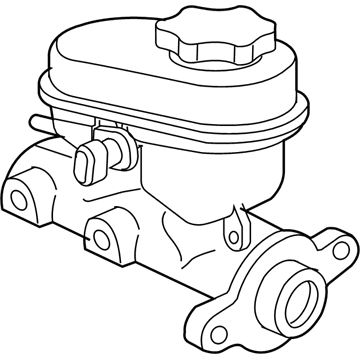ChevyParts
My Garage
My Account
Cart
OEM 2005 Chevrolet Express 2500 Brake Master Cylinder
- Select Vehicle by Model
- Select Vehicle by VIN
Select Vehicle by Model
orMake
Model
Year
Select Vehicle by VIN
For the most accurate results, select vehicle by your VIN (Vehicle Identification Number).
2 Brake Master Cylinders found

2005 Chevrolet Express 2500 Master Cylinder Part Number: 19209236
Product Specifications- Other Name: Cylinder, Brake Master Cylinder; Brake Master Cylinder
- Replaces: 18047519
- Item Weight: 3.70 Pounds
- Item Dimensions: 15.0 x 8.6 x 7.7 inches
- Condition: New
- Fitment Type: Direct Replacement
- SKU: 19209236
- Warranty: This genuine part is guaranteed by GM's factory warranty.
2005 Chevrolet Express 2500 Master Cylinder Part Number: 19209234
Product Specifications- Other Name: Cylinder, Brake Master Cylinder; Brake Master Cylinder
- Replaces: 18047512
- Item Weight: 3.30 Pounds
- Item Dimensions: 9.5 x 7.3 x 9.2 inches
- Condition: New
- Fitment Type: Direct Replacement
- SKU: 19209234
- Warranty: This genuine part is guaranteed by GM's factory warranty.
2005 Chevrolet Express 2500 Brake Master Cylinder
With a comprehensive array of OEM 2005 Chevrolet Express 2500 Brake Master Cylinder, from fuel pumps to door handles, our website is a one-stop-shop for your needs. All our genuine 2005 Chevrolet Express 2500 Brake Master Cylinder are backed by the manufacturer's warranty and are offered at competitive prices in the market. Rest assured, you can shop with complete confidence.
2005 Chevrolet Express 2500 Brake Master Cylinder Parts Questions & Experts Answers
- Q: How to overhaul the brake master cylinder on 2005 Chevrolet Express 2500?A: To overhaul the Brake Master Cylinder take out the Brake Master Cylinder from the car on one hand attach the mounting flange in a bench vise where the rear part of the primary Piston remained easily accessible. Clean and wipe the exterior of the master cylinder around the cap before the cap and diaphragm get removed and examine these parts for cuts, cracks, nicks, or deformation and replace them if necessary. Next remove the master absorber and depress the main Piston with a smooth, round-ended tool and remove the Piston retainer, primary Piston assemblage from cylinder bore. Connect a non-lubricated, filtered air supply to the front outlet port and plug the cylinder inlet ports and rear outlet port, and blow in the low-pressure air to discharge the secondary Piston together with primary and secondary seals and return springs. Remove the primary Piston assembly, Piston retainer, and seals off the secondary Piston. Clean the interior and outside of the master cylinder, secondary Piston , and return spring in the use of denatured alcohol or without abrasives. Check the master cylinder bore, inlet and outlet ports, secondary Piston, and return spring for cracks, scoring, pitting, or corrosion, and replace the master cylinder if it has any problems. Dry all components with non-lubricated, filtered air, lubricate the master cylinder bore, secondary Piston , return spring, and all overhaul components with delco supreme 11 (GM P/N 12377967 or Canadian P/N 992667) or an equivalent of dot-3 brake fluid from a clean sealed container. Mount the lubricated new primary seal and retainer with the new secondary seal onto the secondary Piston; install an exchange job into the cylinder bore. Then follow this with the installation of the lubricated new primary Piston assembly into the cylinder bore, pressing the primary Piston to insert the lubricated new Piston retainer using a smooth round tipped tool. Then refasten the master cylinder reservoir to the master cylinder, the reservoir cap, and diaphragm, and fit the master cylinder back into the vehicle.
